On this day
(literally, as in today)
It has been a busy weekend here in the Kentucky mountains. Spring is back, and with it plenty of sun…and plenty of things to get done both inside and out. Yesterday, I rode to Berea with a friend for a workshop on Writing Where and What You Know (and What You Don’t). Today, I free-wrote for a while about this week’s Journey in Place prompt, then set about fixing things damaged by recent windstorms and making the porches ready for spring and summer living. And so here we are, 7:00 p.m. on a Sunday and the final countdown of the semester (3 weeks, not that I’m counting…) waiting for me first thing tomorrow. I’m not complaining, though. I have 6 handwritten pages of new work, some of which might even be usable; a new mailbox that I installed myself; and new outdoor toys for the grandbaby, who loves being outdoors at least as much as his Mimi, aka yours truly, does.
And now, without further ado, we travel back to 1993 and memories of lambing season. As you may or may not remember, we had sheep last week too. What can I say? It’s that time of year on the old Dennis homeplace.
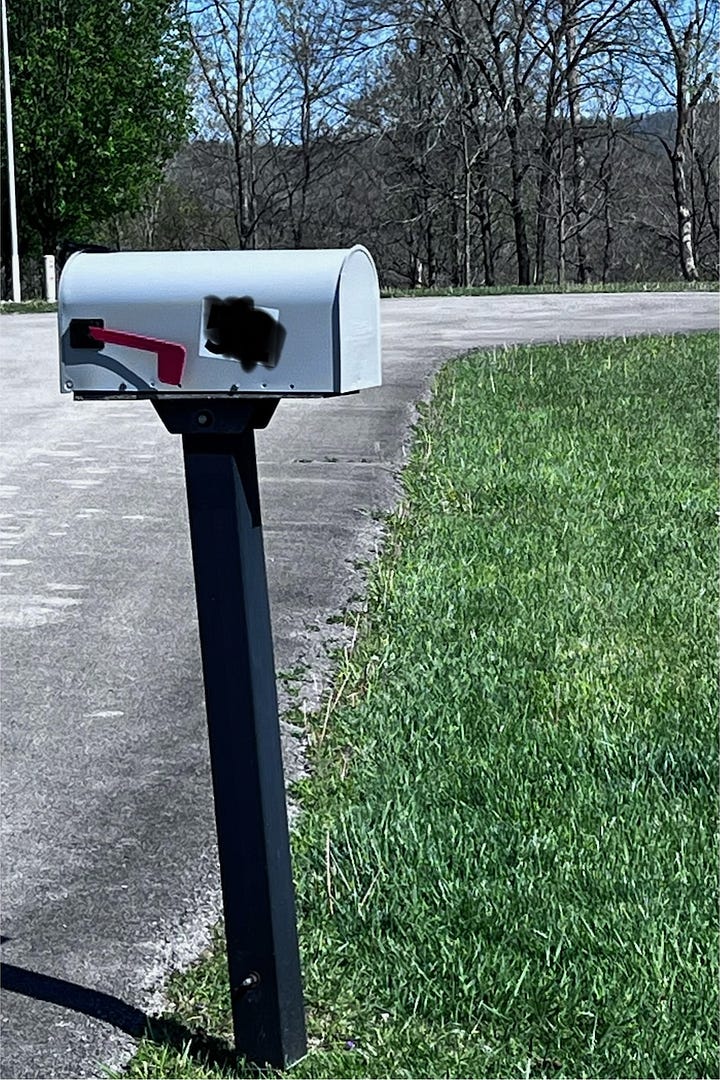

Rural Reflections
By Ruth Dennis
The pictures of playful lambs on spring greeting cards remind me of those many springs on the farm when our lives seemed to revolve around that year’s lamb crop.
My only contact with lambs prior to becoming a farmer’s wife was in nursery rhymes or picture books. The city zoos at that time did not have a barnyard animal petting section, so I had never been near enough to a lamb to touch it.
And then I was spending many hours each April in the sheep barn tending to the “bottle babies.” Sometimes this substitute maternal care was moved to the kitchen with a particularly difficult baby lamb kept warm in a box behind the kitchen wood stove. Some of these lambs, as I have written in earlier columns, became family pets. None of us will ever forget “Nellie Belle,” who sincerely thought she was a child and acted like one.
My father-in-law told me, “Sheep are the farm mortgage payers.” I questioned why not the beef cow or the hogs, but he explained sheep were a two-crop animal, with the lambs raised for meat and the wool for clothing.
I knew from my reading that sheep had bene an important part of the country’s early economy. Wasn’t linsey-woolsey the basis of colonial homespun? Weren’t the woolen mills of New England an important industry for many years? Weren’t the sheepmen and cattlemen in constant feud in the “old west?”
Still, I never really had thought much about where and how wool was produced until my first sheep shearing. I marveled at the speed and care at which the shearers worked, removing the sheep’s heavy coat with only a few motions and rarely nicking even the most recalcitrant animal. Some springs I was put into service in the barn, since nothing was to break the shearers’ rhythm and another pair of hands was needed. I quickly scooped up each shorn fleece and took it to the wool box, where it was tied into a neat package.
The shorn ewes always seemed to be glad to be rid of their heavy coats. It usually snowed or turned bitter cold the day after sheep shearing—perhaps this is one of the “Murphy Laws” of livestock farming.
But it was lambing that took the most time and work. I soon learned that not all lambs come into this world read to nurse their mothers and grow.
Lambs don’t always come as “singles” but in “twos” or even “threes.” Many times it is up to the shepherd to match the infants with their mothers. If there have been many birthings that night (lambs, like calves and other infants, prefer to enter the world at night), this can become a challenge. Some ewes will not acknowledge a second lamb even if it is hers. Others do not have enough milk to raise a second infant.
A newborn lamb is perhaps the most helpless of all creatures, and if it does not want to live, the shepherd has to convince it otherwise. It takes patience to raise a good lamb crop and it is always disheartening, no matter how many lambs are doing well, to lose one after several days of care.
Some of the lambs have to be taught to accept milk from a bottle and have to be fed on schedule. Some springs I had more than a few “barn bottle babies.” Lambing time was a labor of physical effort and of love for the animals. We were all involved.
It was worthwhile each April as the lambs grew and began to play endless games of tag between the barn and watering trough and back. We never tired of watching them; these frisky gamboling lambs were ours and we were proud of them.
Regretfully, a major change in our lifestyle made it impossible to give the needed time each spring to raising lambs, and we had to sell the flock. We still, however, remember the joyous abandon of those lambs at play and our satisfaction that we had been good shepherds of our flock.
----
Ruth Dennis of Jasper is a columnist for The Spectator.
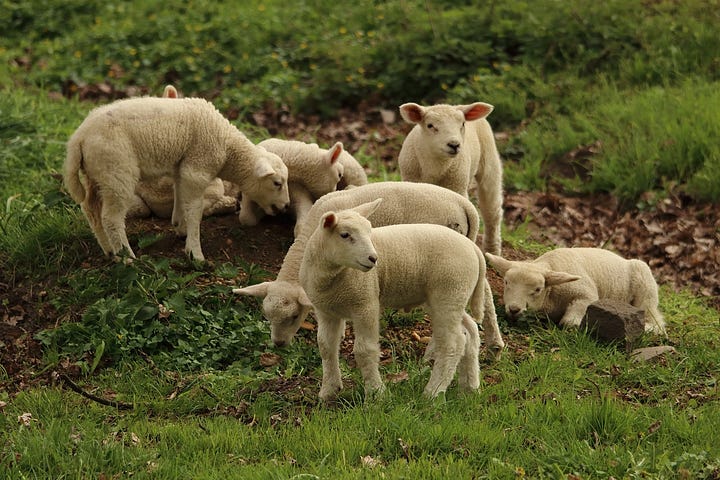
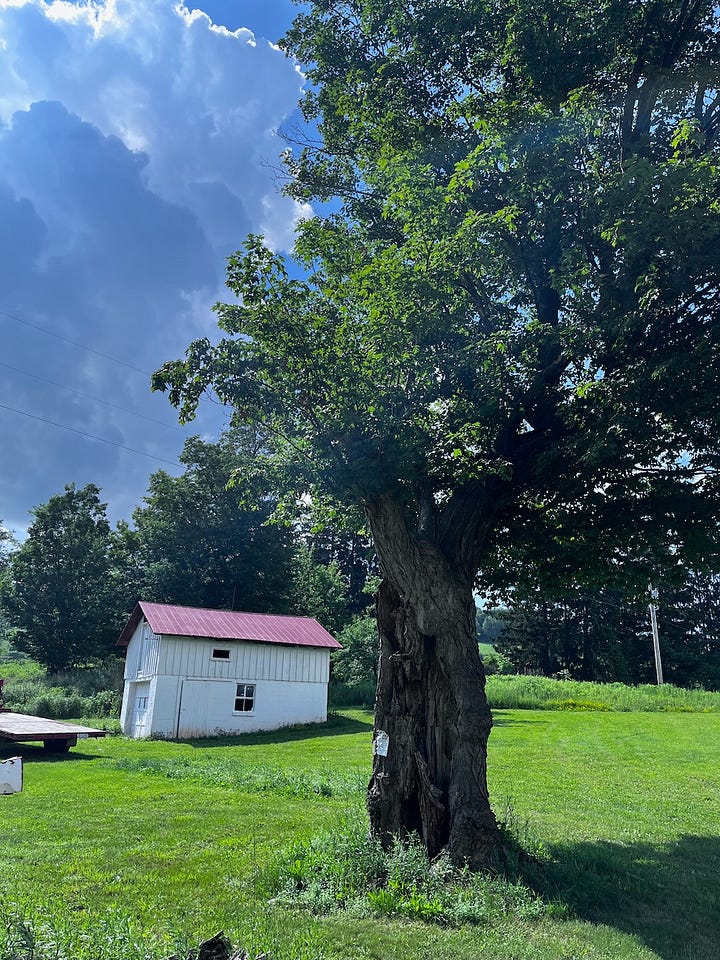
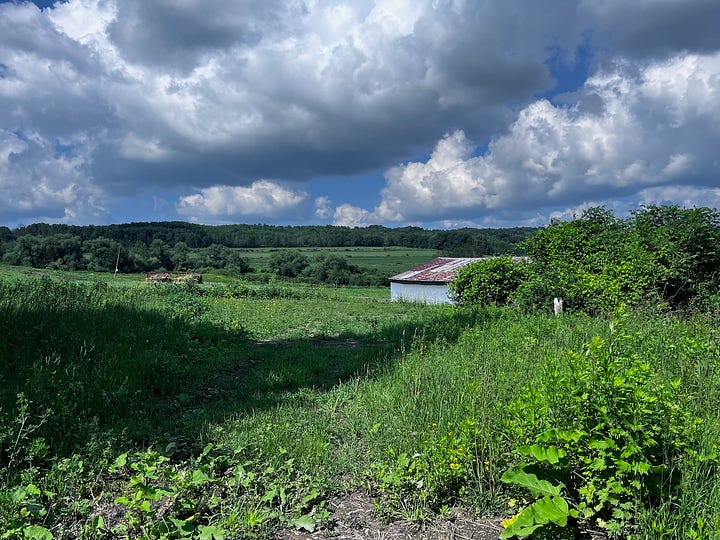
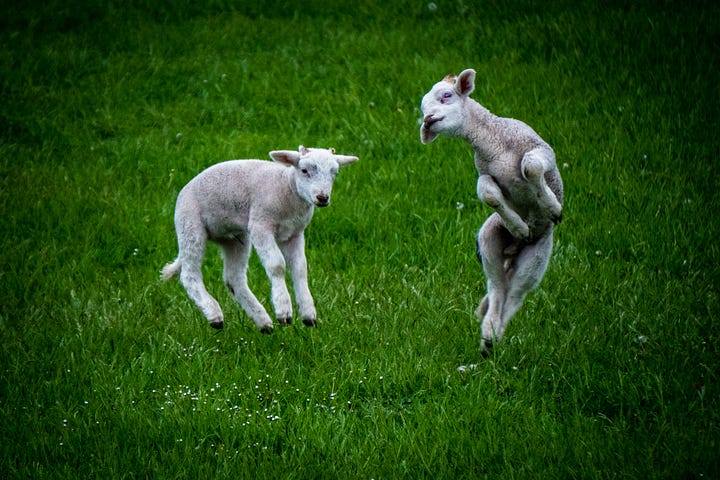




Wonderful post and lovely pictures. I especially liked your writing about the writing workshop at Berea College. I read more about Libby Folk Jones and was most impressed by her work. I got on the newsletter list. My neice graduated from Berea some time ago. She went on to become a pharmacist and is now probably ten years into her career. She is married and has twin daughters. Thus I am attracted to that school.